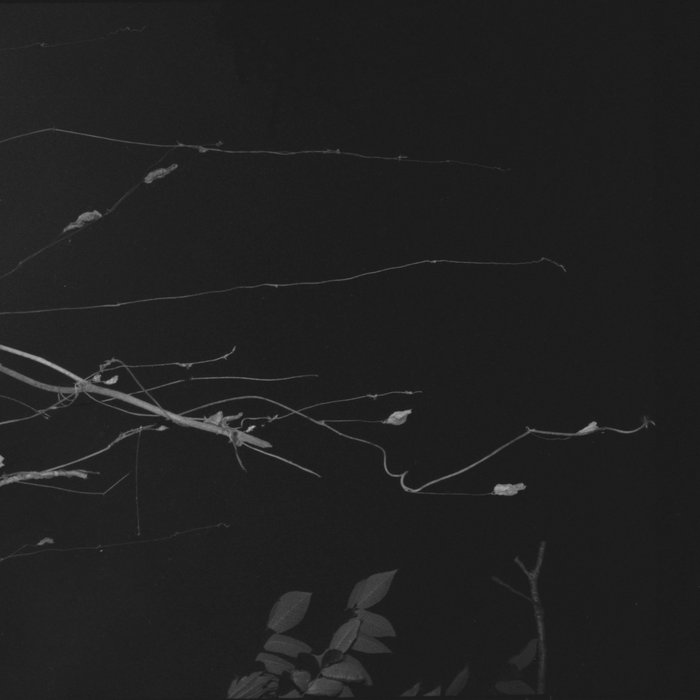On Sakuraza, the quintet of Giovanni Di Domenico, Eiko Ishibashi, Jim O’Rourke, Kei Matsumaru and Tatsuhisa Yamamoto flourish in gentle freefall. Recorded live at the jazz club in Kofu, Japan, which gives the record its name, the album is fully improvised with no overdubs. Dialogue and provocation shape their variegated improvisations. The five players respond to each other with elegance and finesse, but what makes the performance really spark is the sense they’re not afraid to gently pull the carpet from under each other’s feet. When a mood seems to be settling in the music, one of them drops an unfamiliar trigger, a flicker of new information, a stimulation that causes boundaries to slacken, forces of attraction to loosen, and new directions to appear as the quintet react to suddenly walking on air.
The record originates in Italian pianist Di Domenico’s friendship with Ishibashi (here playing flute and electronics), O’Rourke (electronics), and Yamamoto (drums). After fifteen years of regular visits to Japan, Di Domenico proposed a concert with his three friends, and the younger saxophonist Matsumaru. The music comes from familiarity and uses that familiarity as a base for exploration rather than complacency.
Sakuraza opens with a spooky timbral ballet. Blown instruments fold over each other, percussion gently shimmers, electronics creep in like the stridulations of a metallic insect. Di Domenico’s piano enters with a lurching, intriguingly uneven stride. It knocks Yamamoto into playing more of the drum kit, tentative bass drum giving way to a solid, loosely swinging pulse on the cymbals.
O’Rourke, Ishibashi and Matsumaru initially hold the glowing levitation they’ve summoned, delaying the urge to react to the piano, they instead allow the strange contrast to develop. Then, as electronics start to chatter and squelch, the floor falls away and they all slip into an open-ended groove akin to what might have happened had the Art Ensemble of Chicago been commissioned to soundtrack The Forbidden Planet.
These furries of acceleration, deceleration and sideways evolution keep happening. Thirty-odd minutes in, the groove snaps. Sax lets out a squeak and skronk. Electronics turn febrile. Piano and drums take on the gait of someone tripping up and attempting to style it out by breaking into a run.
The promotional blurb for Sakuraza talks about fluidity and mutual understanding in the players. No doubt the quintet is totally locked in, their mix of instrumentation cohesive despite the unusual combination. However, it’s not synergy that makes the record captivating. The moments the quintet solidify into electro-jazz-chamber fusion grooves are lush. But it’s the snaps of uncertainty, the collective navigation of unlikely transitions, the moments when we hear familiar players embracing unfamiliar situations, which are truly breathtaking.


